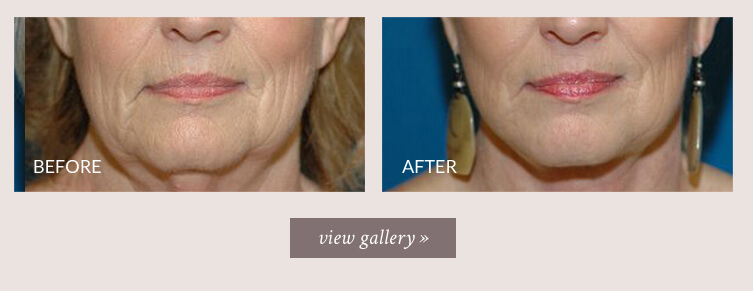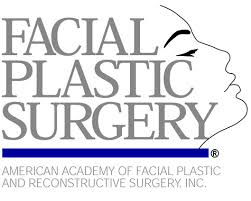Face Lift
How does the face age?
As we age, our skin loses its elasticity and gives in to gravity. This causes sagging of the neck and jaw line as well as loose folds of skin around the mouth. Also with age, most of us lose fat from our upper face, particularly the upper cheeks and temples. There is also loss of skin collagen thickness, muscle mass, and bone mass which affects the shape of our face. This volume loss accentuates the sagging of the face. Some people may also develop fatty collections under the chin, and others get thick cords under the skin of the neck. Today, men and women in their 60s and 70s are healthier, more active, and more productive than ever before. More and more people are choosing to age gracefully by setting back the clock a few years through facial cosmetic surgery. The truth is that most people seeking facial cosmetic surgery want to look better, but they don't want to look radically different. At Naficy we feel strongly that the outcome of facial cosmetic surgery should be very natural in appearance. A great result is both in what you see and what you don't see.
What can a face lift achieve?
A face lift can reverse many features of the aging face and neck. The most dramatic improvement is seen in the jaw-line and the neck. A face lift may be performed as a stand-alone procedure, or it may be combined with other procedures to help maintain facial balance and harmony.
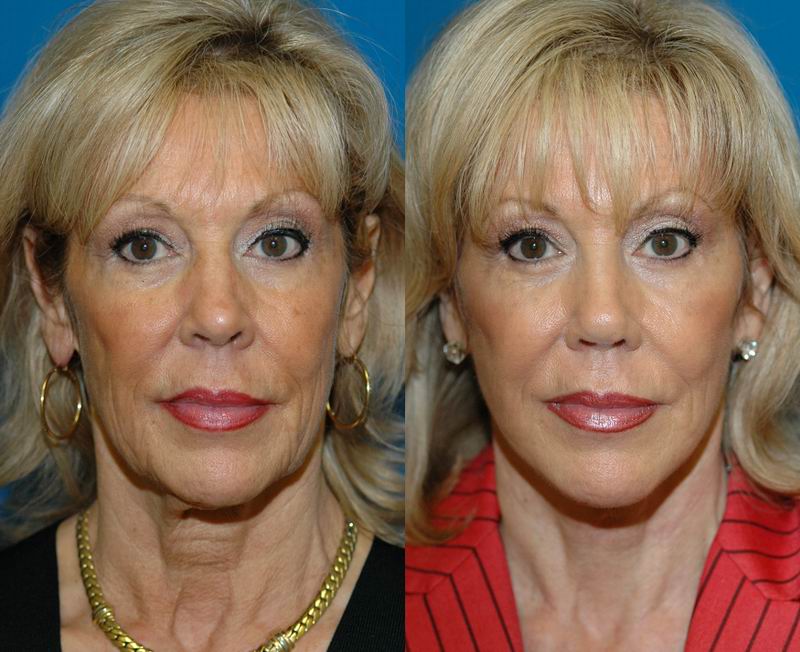
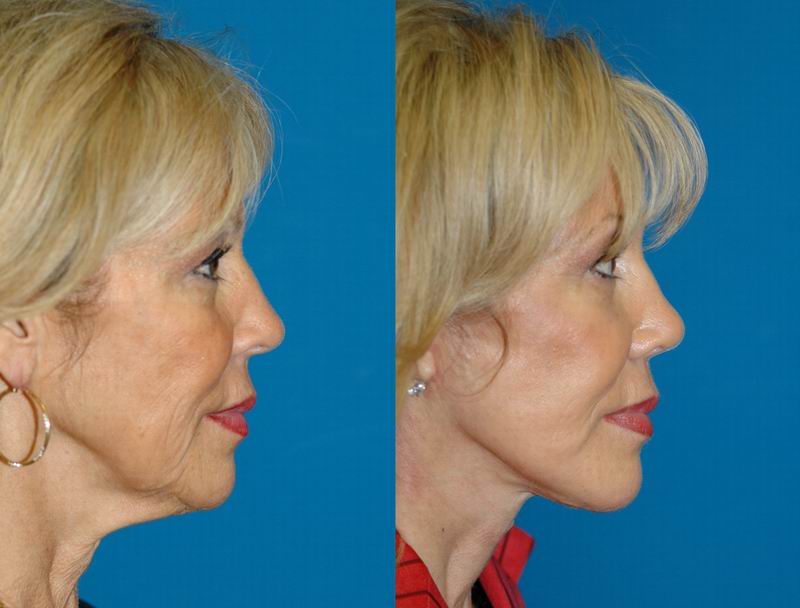
Deep Plane Face & neck lift by Seattle facial plastic surgeon Sam Naficy, MD. * Individual results may vary.
Can eyelid procedures be combined with a face lift?
A face lift may be combined with a number of other procedures to create a more balanced and harmonious outcome. For example, a face lift is often combined with fat grafting and lower blepharoplasty to reduce the appearance of eye bags.
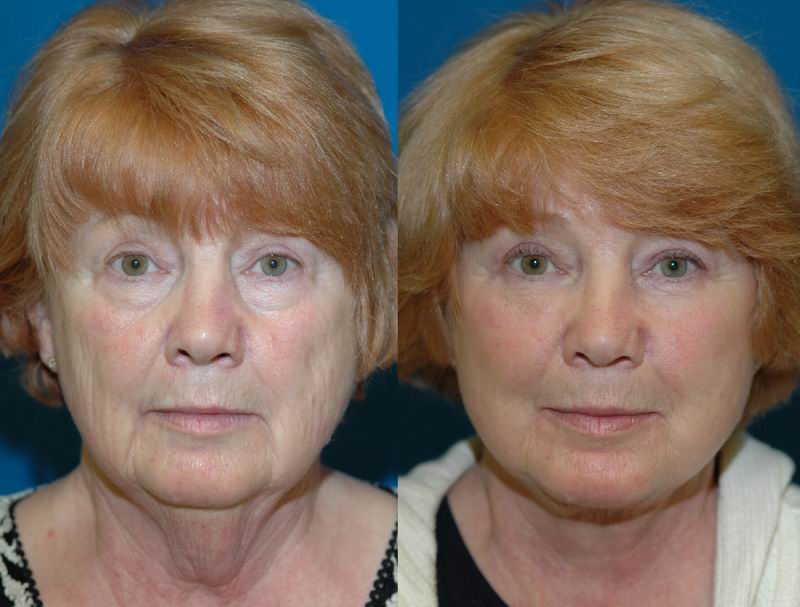
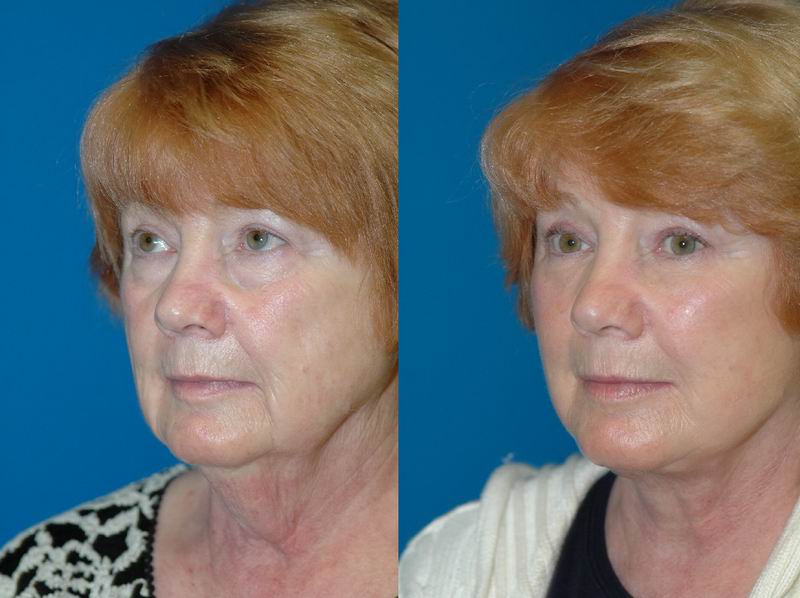
Deep Plane Face & neck lift, lower blepharoplasty, and fat grafting by Seattle facial plastic surgeon Sam Naficy, MD. * Individual results may vary.
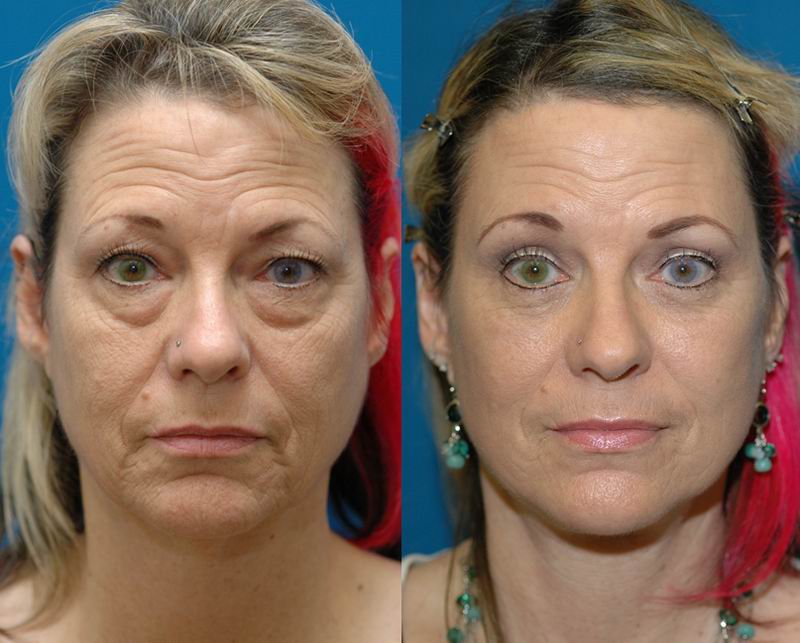
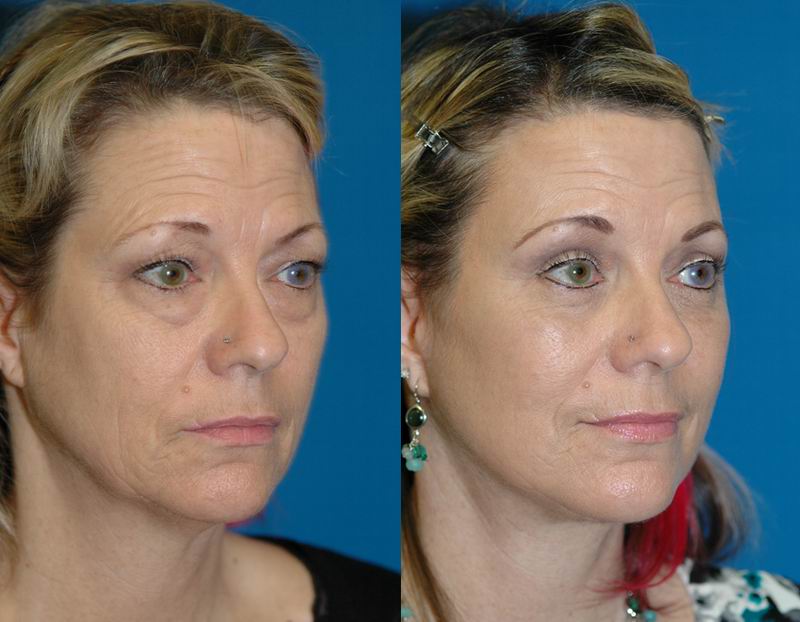
Deep Plane Face & neck lift, brow lift, upper and lower blepharoplasty, and fat grafting by Seattle facial plastic surgeon Sam Naficy, MD. * Individual results may vary.
Can a chin implant procedure be combined with a face lift?
A face lift is quite commonly combined with a chin implant to help create a more defined jawline and a sharper angle between the jaw and the neck.
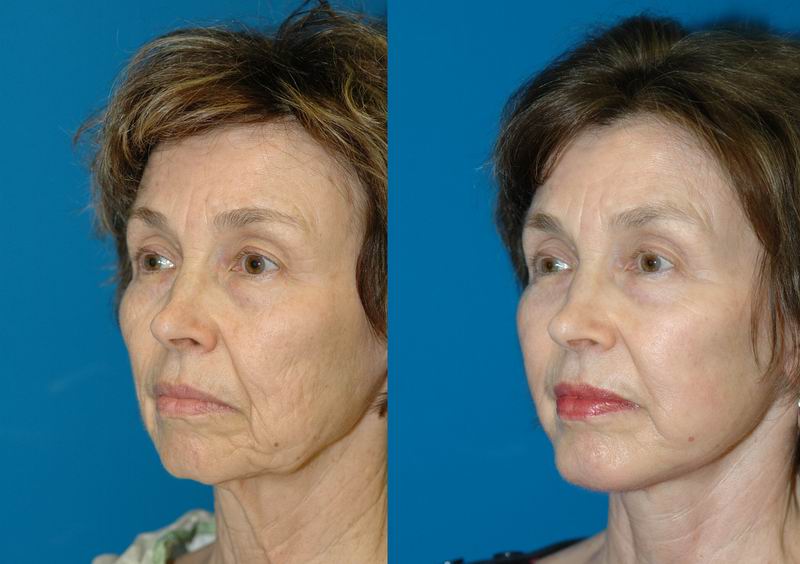
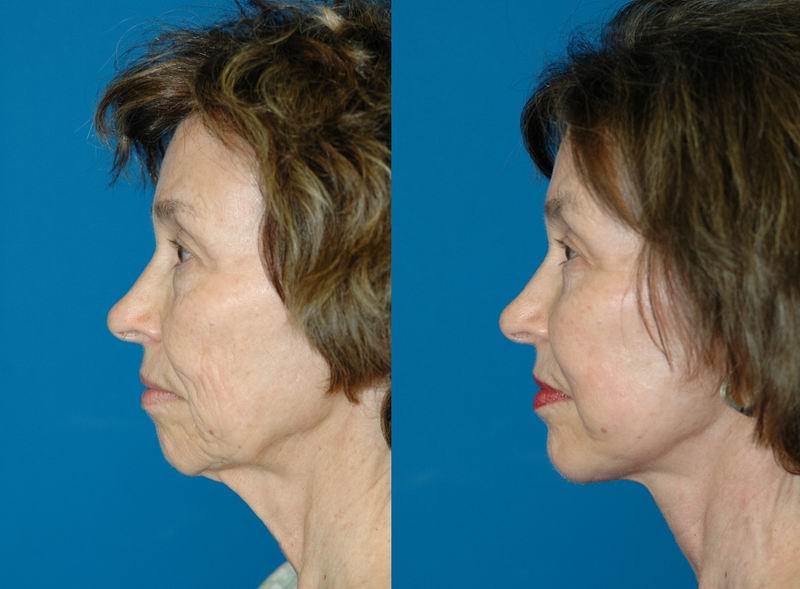
Deep Plane Face & neck lift, chin implant, and fat grafting by Seattle facial plastic surgeon Sam Naficy, MD. * Individual results may vary.
How commonly is fat grafting combined with a face lift?
Fat grafting is probably the most common procedure performed in combination with a face lift. Fat grafting helps restore a youthful and healthy volume back into the cheeks and temples and greatly enhances the results of a face lift. Recently, with the increasing populaity of weight loss drugs such as Ozempic, we are seeing a number of patients who need fat added back to their face at the same time as their face lift. Thankfully, fat grafting is very easily combined with face lifts and produces an even better result that the face lift alone.
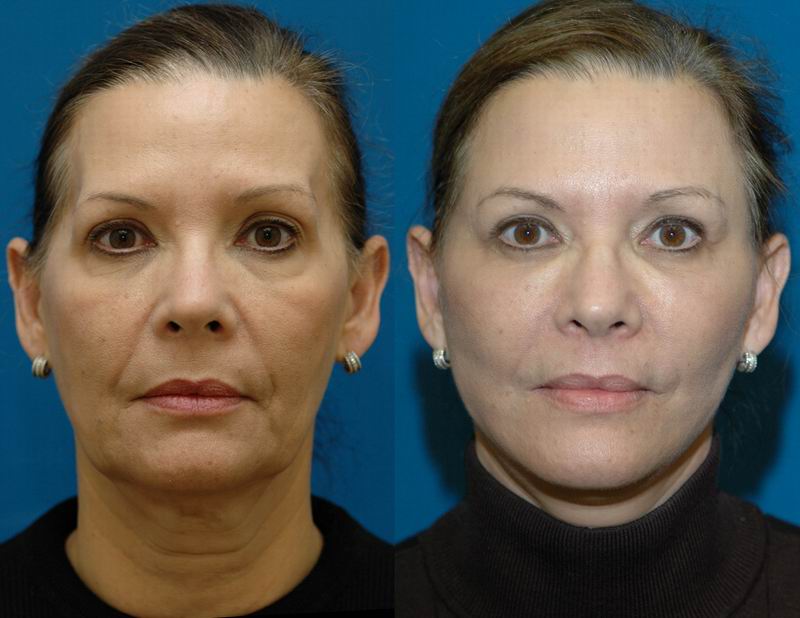
Deep Plane Face & neck lift and fat grafting to temples and cheeks by Seattle facial plastic surgeon Sam Naficy, MD. * Individual results may vary.
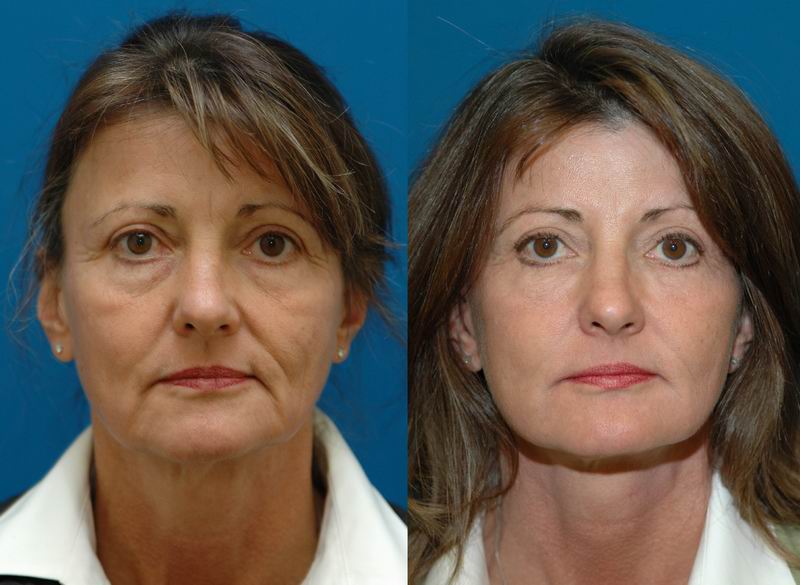
Deep Plane Face & neck lift and fat grafting to cheeks by Seattle facial plastic surgeon Sam Naficy, MD. * Individual results may vary.
Why choose a facial plastic surgeon to do my face lift?
Although most plastic surgeons today perform facial surgery, very few actually limit their practice to specialize in the face. In fact, most plastic surgeons spend the bulk of their time performing liposuction, breast procedures, and tummy tucks. Dr. Naficy's practice has been 100% devoted to facial plastic surgery for the past 25 years. This is why Seattle doctors and patients have voted Dr. Naficy one of the top plastic surgeons for the face. Patients from the entire globe seek Dr. Naficy's expertise and he regularly has many patients flying in for surgery both nationally and internationally.
Face Lift Photo Gallery
You may wish to browse through the gallery of representative before and after face and neck lift pictures. Click on any of the thumbnails to enter the slide show. All procedures were performed by Dr. Sam Naficy and some patients may have had more than one surgical procedure performed. The text accompanying the photos describes the details of the procedures performed.
* Individual results may vary.
How is a face lift performed?
Incisions are typically made around the ears, in the temple, and behind the ears. Following this step, the skin is carefully elevated from the lower face and neck region and the deeper layers (SMAS fascia) of the face and neck are tightened to produce a natural, long-lasting effect (deep plane face lift). Older face lift techniques did not involve this critical step of addressing the deeper layers and the results were not as natural or long-lasting.
After adequate tightening of the deeper layers, the skin is redraped and excess skin is carefully trimmed and meticulously sutured along the incision lines. This results in improvement of the laxity of the jaw-line and contour of the neck.
Where exactly are the face lift incisions made and how do they look?
Face lift incisions are carefully placed within the natural creases in front, within, and behind the ear. After adequate tightening of the deeper structures, excess skin is removed from both sides and the incisions are carefully repaired. Dr. Naficy uses the most meticulous technique and the finest sutures for closure of his incisions, which in most individuals will usually fade to a barely visible thin line.
The photos below shows images of healed incisions of face and neck lifts performed by Dr. Naficy. During the first few weeks, the incisions will be more visible and may require coverage with hair or use of concealers for better camouflage.
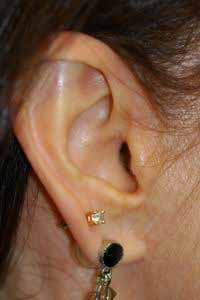
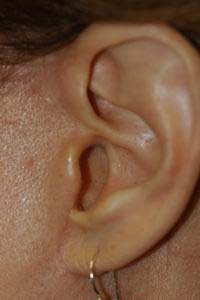
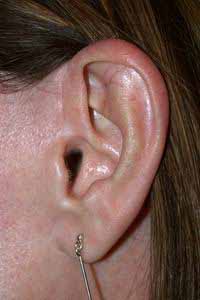
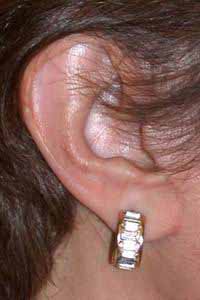
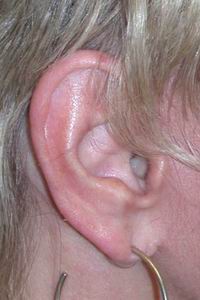
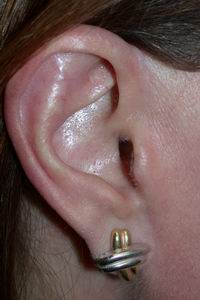
Healed incisions of face lifts performed by Sam Naficy, MD. * Individual results may vary.
What technique is best for me?
Perhaps one of the most confusing aspects of facial surgery for patients is the terminology used by doctors and patients to describe different face lift techniques. For example, here is a partial list of some of the terminology used to describe facial plastic surgery procedures:
Face lift, neck lift, face and neck lift, full face lift, complete face lift, partial face lift, vertical face lift, quick lift, mini face lift, Lifestyle lift, S-lift, weekend face lift, weekend neck lift, mini tuck, jaw-line tuck, SMAS face lift, deep plane face lift, laser face lift, feather lift, cheek lift, midface lift, subperiosteal face lift, tri-plane face lift, bi-plane face lift, and endoscopic face lift!
It is also important to realize that because of the variety of techniques that are available, the results of your face lift may vary greatly depending on who is performing your procedure and what technique they are using. Many of the doctors offering face lift surgery are not trained as surgeons! They may be dermatologists, oral surgeons, or ophthalmologists. Be sure that you are "comparing apples with apples". As a general rule, procedures that are shorter, less invasive, and easier to perform, also result in a more limited degree of improvement. Make sure that your surgeon is trained in all aspects of facial plastic surgery and does not have a "cookie cutter" approach.
Dr. Naficy is experienced in all modern techniques of facial surgery and always custom tailors the procedure to the specific needs of the patient. Remember, not all faces are created equal and no single technique can be effective in all individuals seeking facial rejuvenation surgery.
What is the best age to have a face lift?
One of the biggest questions our patients ask is about timing of this procedure. Some worry that if they have the procedure too soon they may need to repeat it again later in life, while others worry that if they wait too long they may be beyond help. Most of our patients coming in for face and neck lift procedures are in their early 50s to late 60s. They have started to show early sagging of the face and neck and are trying to be proactive about maintaining their youthful appearance. Typically, face and neck lift procedures can set back the clock a number of years. Although aging will continue, you will always look better for your age than if you had not had the surgery. Face and neck lift procedures can be safely repeated when the need arises again. So the real answer to the question about the age is that there is no ideal age as long as your health is good and your expectations are realistic, a face lift can be performed at any age with great results.
The example below shows a patient in her 50's who wanted to be proactive about the aging process. She was mostly bothered by her eyes but wanted to also "nip in the bud' the changes she was noticing in her jawline and neck.
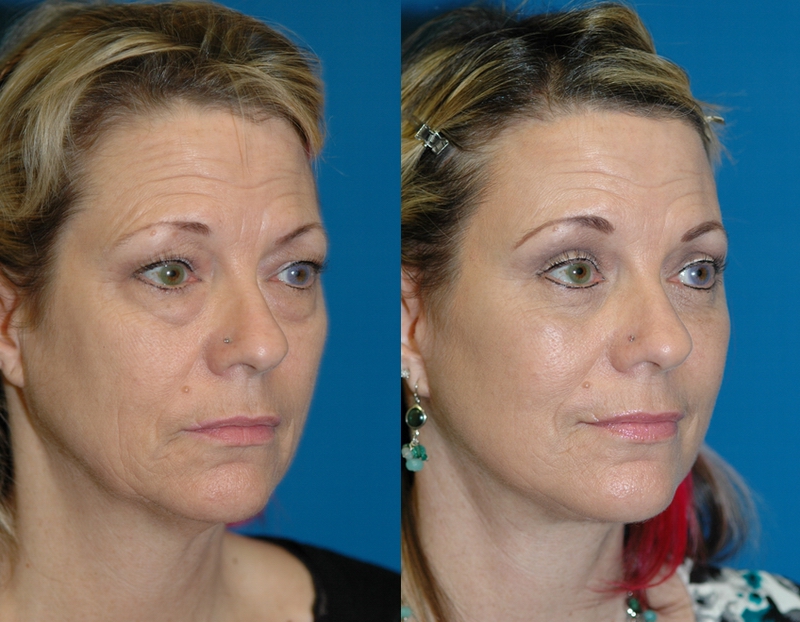
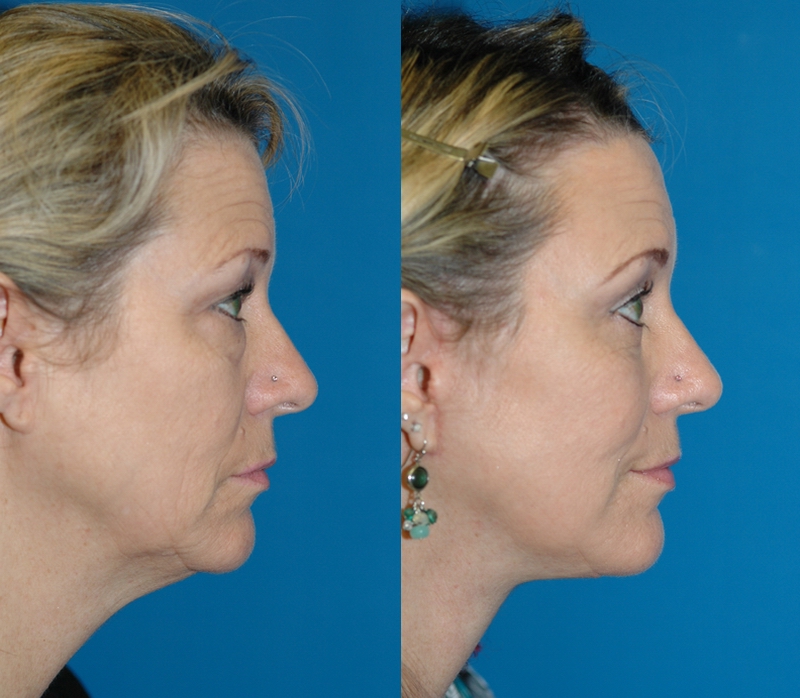
A patient in her 50's after a deep plane face & neck lift, brow lift, eyelid surgery, and fat grafting by Seattle facial plastic surgeon Sam Naficy, MD. * Individual results may vary.
The example below shows a patient in her 70's and demonstrates that at any age one can get a great improvement from facial rejuvenation surgery.
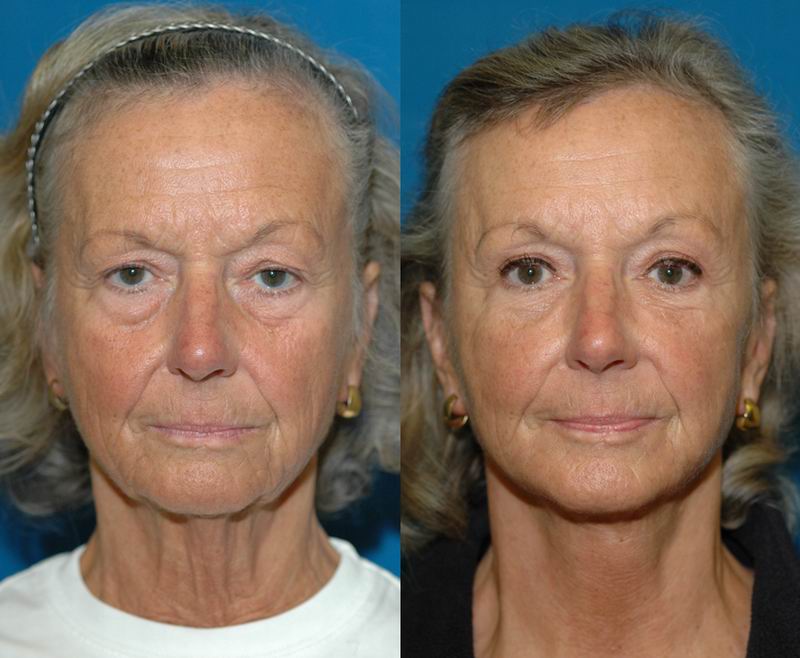
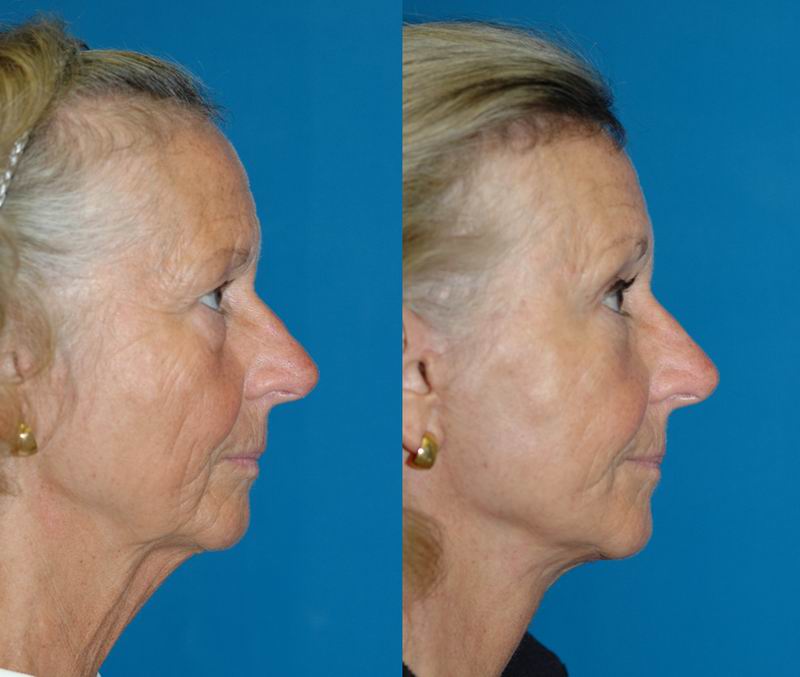
A patient in her 70's after a deep plane face & neck lift, brow lift, eyelid surgery, and fat grafting by Seattle facial plastic surgeon Sam Naficy, MD. * Individual results may vary.
What is a deep plane face lift?
This is the type of face lift most commonly performed by Dr. Naficy. It is ideal for most individuals in their late 40s or older who wish to have a long-lasting improvement of their aging face and neck. The procedure involves a thorough tightening of the sagging muscles of the lower face and neck, and can be custom tailored to the specific needs of each person. The recovery time for a deep plane face lift is the same as a mini-lift or S-lift, and bruising is often less, since the work is being performed at a deeper level. This type of face lift may also be combined with other facial procedures such as blepharoplasty, brow lift, facial fat grafting, or laser resurfacing.
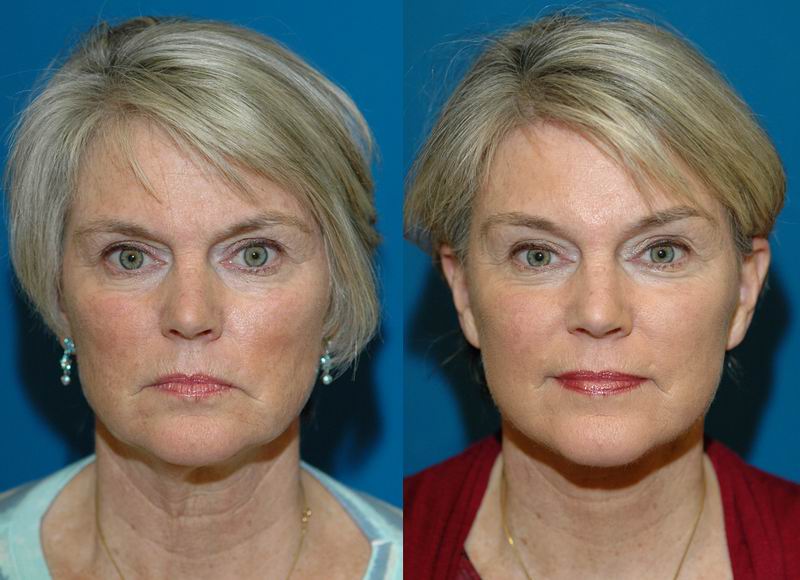
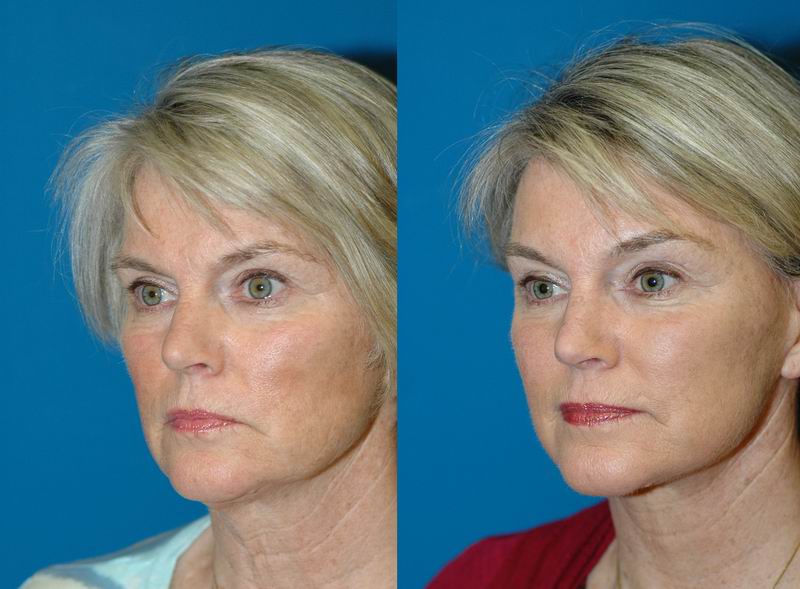
Brow lift and deep plane Face lift by Seattle facial plastic surgeon Sam Naficy, MD. * Individual results may vary.
What is a mini-lift or S-lift?
An S-lift or mini-lift is a technique of lifting the face with limited incisions and minimal skin removal. Patients with relatively minimal laxity (typically early to mid 40s) may be good candidates for this procedure. However, because of the limited incisions and more conservative tightening and skin removal, this technique is not as effective as a deep plane face lift for rejuvenation of more advanced sagging of the lower face, jowls, and neck. Most individuals in their 50s and 60s with more advanced laxity are therefore not good candidates for this procedure as they will not receive the lasting benefits of a face lift. Because of its relative technical ease and minimally invasive nature, the S-lift or mini-lift is popular among many non-surgeons who perform plastic surgery.
What is a 'Lifestyle Lift'?
This heavily marketed procedure was founded by an osteopathic physician. It involved a short-incision face lift which is performed with local anesthesia. Lifestyle lift patient satisfaction and reviews have proven to be much lower than that of a traditional face lift. The best comparison comes from the website realself.com where Lifestyle lift received a 53% rating compared to 86% for a Face lift. Lifestyle lift filed for bankruptcy in 2015.
What type of anesthesia is used?
Face lift surgery is typically performed under general anesthesia, under the care of an experienced anesthesia provider. In addition to the anesthesia, numbing medication is used in the face to ensure that you are comfortable when wake up from the procedure. When the procedure is finished, the anesthesia medication is discontinued and you begin to wake up. The medications used for anesthesia tend clear the system rather quickly, and most of our patients are able to go home an hour after the procedure is completed. Our anesthesia team has over 50 years of combined experience providing advanced anesthesia and all of our anesthesia providers are also on staff at the University of Washington or other regional medical centers.
Anesthesia guidelines [21kb PDF]
What is the recovery like?
There is usually some tightness around the ears and jaw-line after the surgery. This can be controlled with prescription pain medication, although it is often mild enough to treat with just Tylenol. A fluffy bandage dressing is worn for 1-2 days. Discoloration and swelling around the face and neck, when present, will usually improve and allow return to work and social activities.
Post-operative care instructions [17kb PDF]
I am interested! What do I do next?
If you are considering this procedure we encourage you to complete this Surgical Consultation Intake Form. Dr. Naficy will tell you whether you are a suitable candidate for this procedure and inform you of the potential risks of the procedure. There is great variety in features of the aging face and neck so that each procedure must be custom tailored for the best possible result. You will also have a chance to view before and after photo albums of his patients who have undergone procedures similar to what you are considering.


